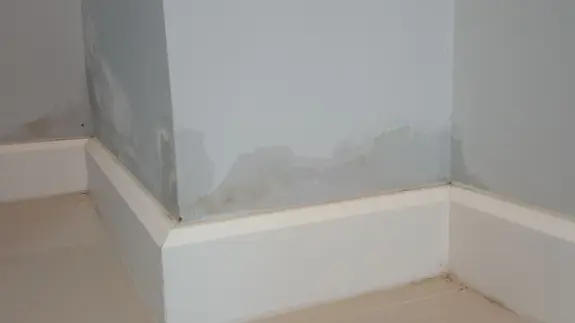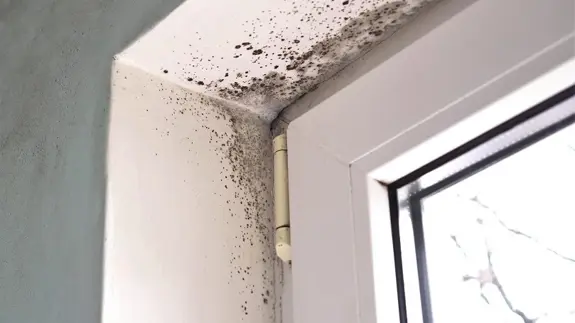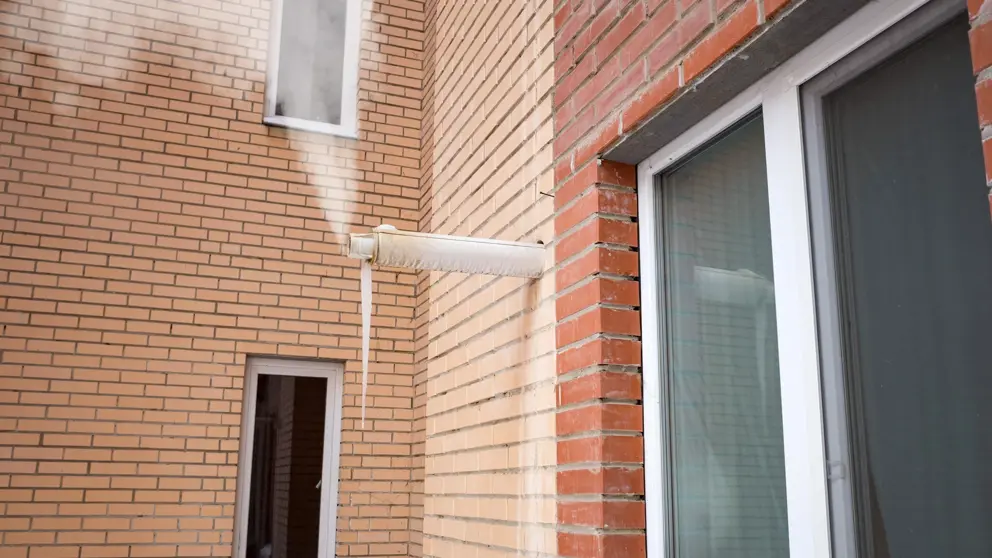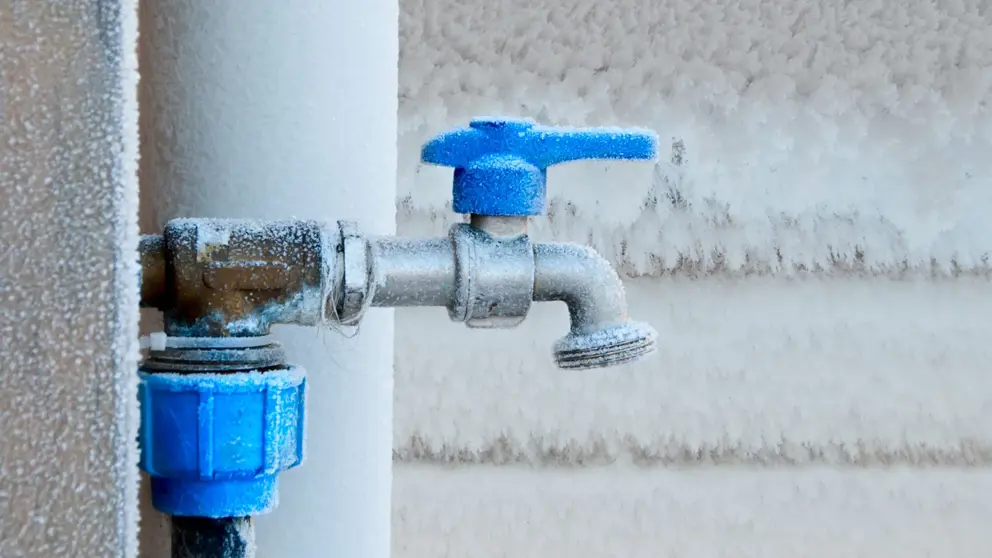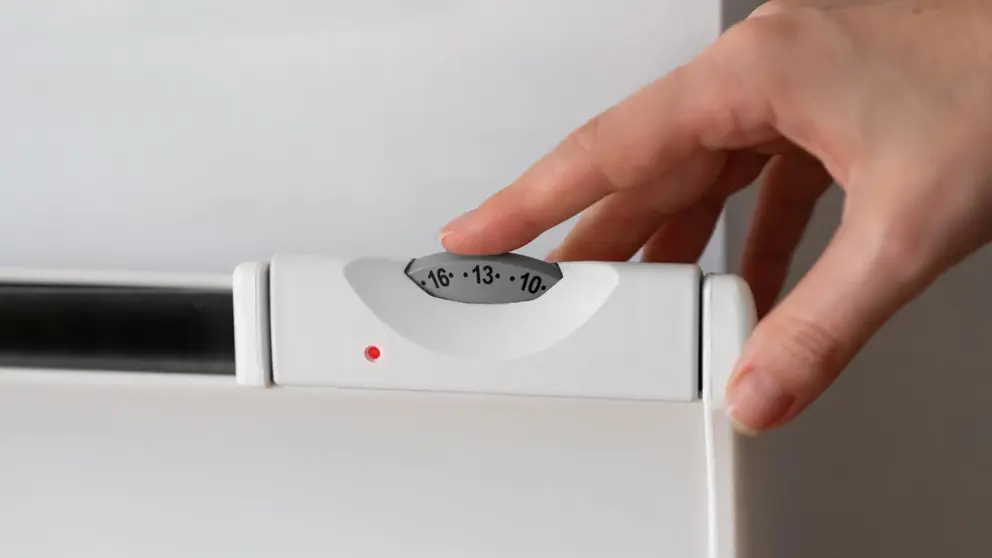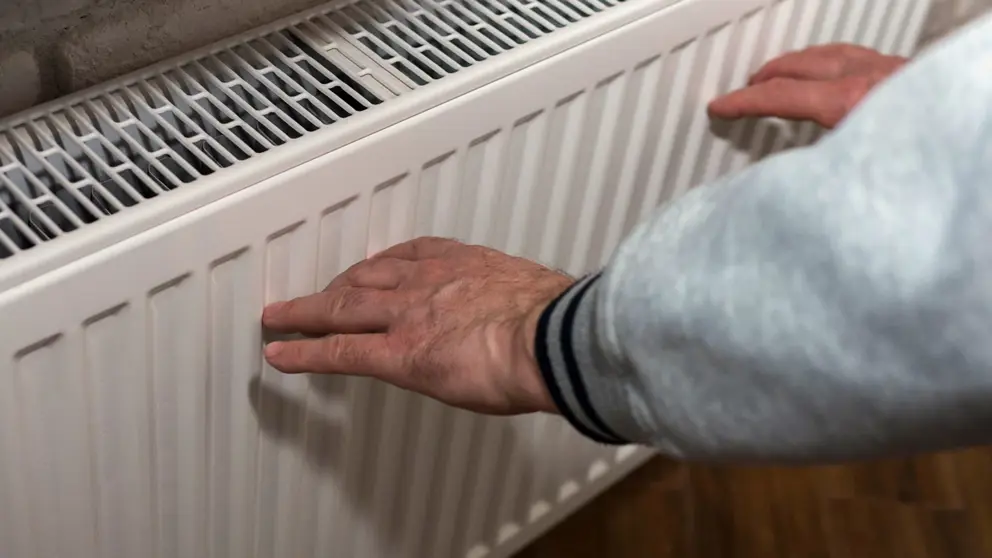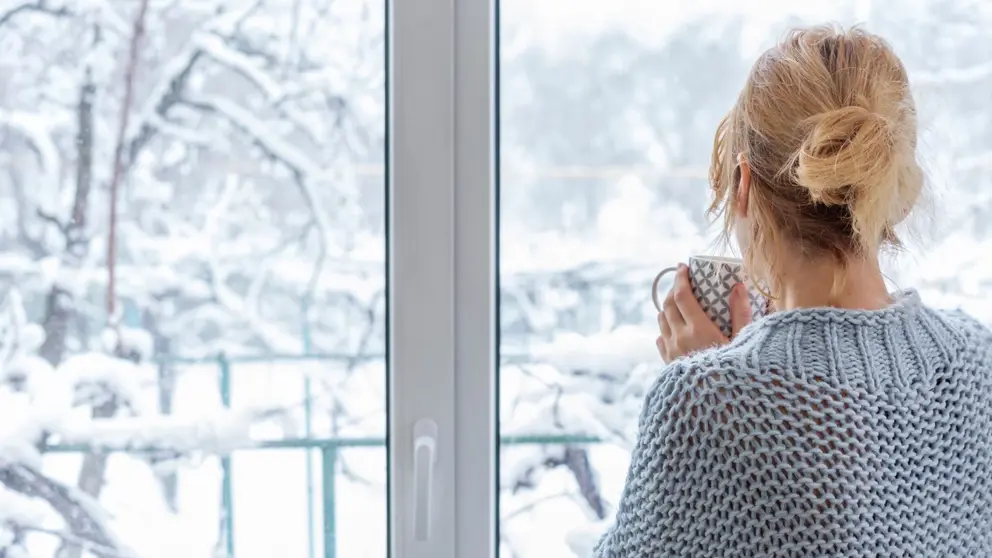With colder weather, the possibility of damp and mould forming in your home increases. The presence of these issues can negatively affect both your living conditions and your health, so it's important that you are informed.
We've created this helpful guide to damp and mould and to help you know what support is available from Places for People.
Important: If you live in a home with damp or mould and you or a loved one begins to have symptoms, including a cough, wheezing or shortness of breath, please consult a healthcare professional.
Jump to:
- What is condensation and why is it a problem?
- Practical ways to reduce condensation in your home
- What's the difference between damp and mould?
- How to clean mould
- How can Places for People support you?
- What can you expect when reporting damp and mould?
- How can you help?
-
How can Places for People help you with increasing costs of heating your home?





